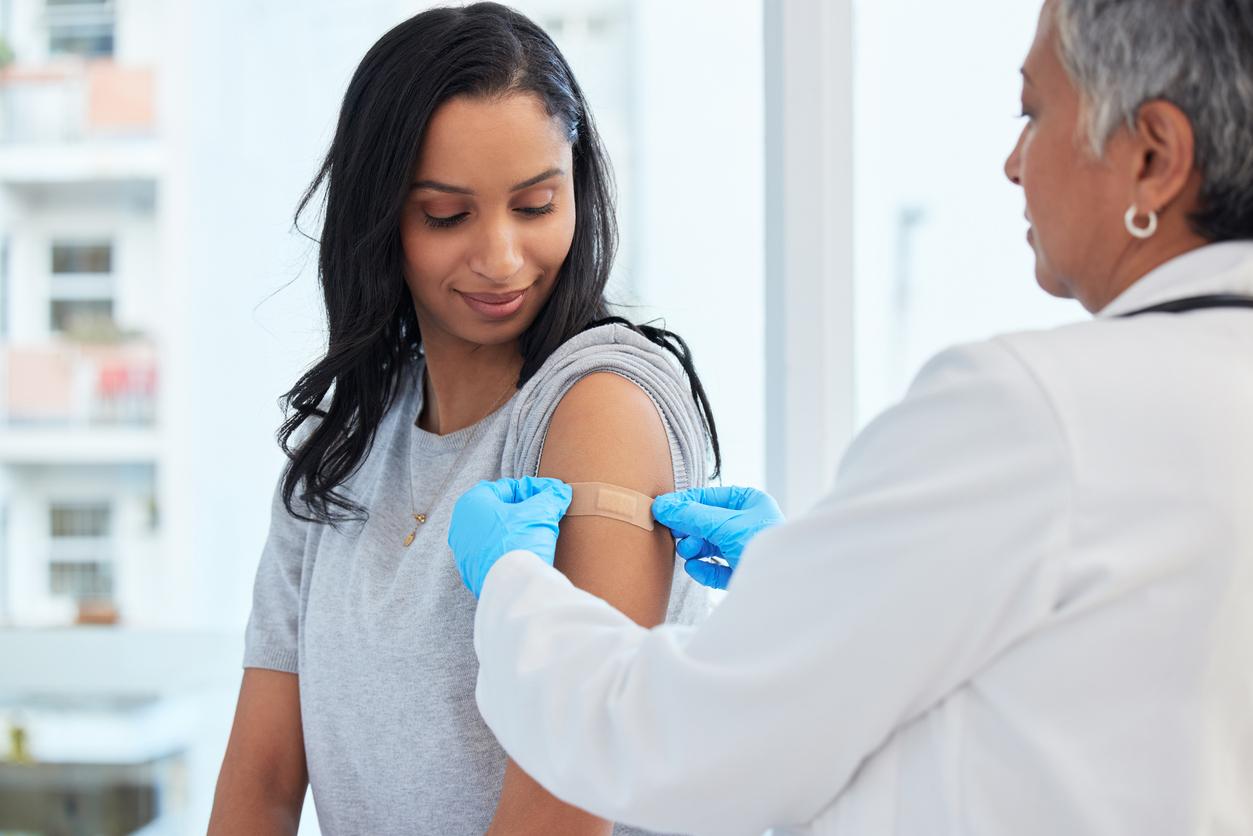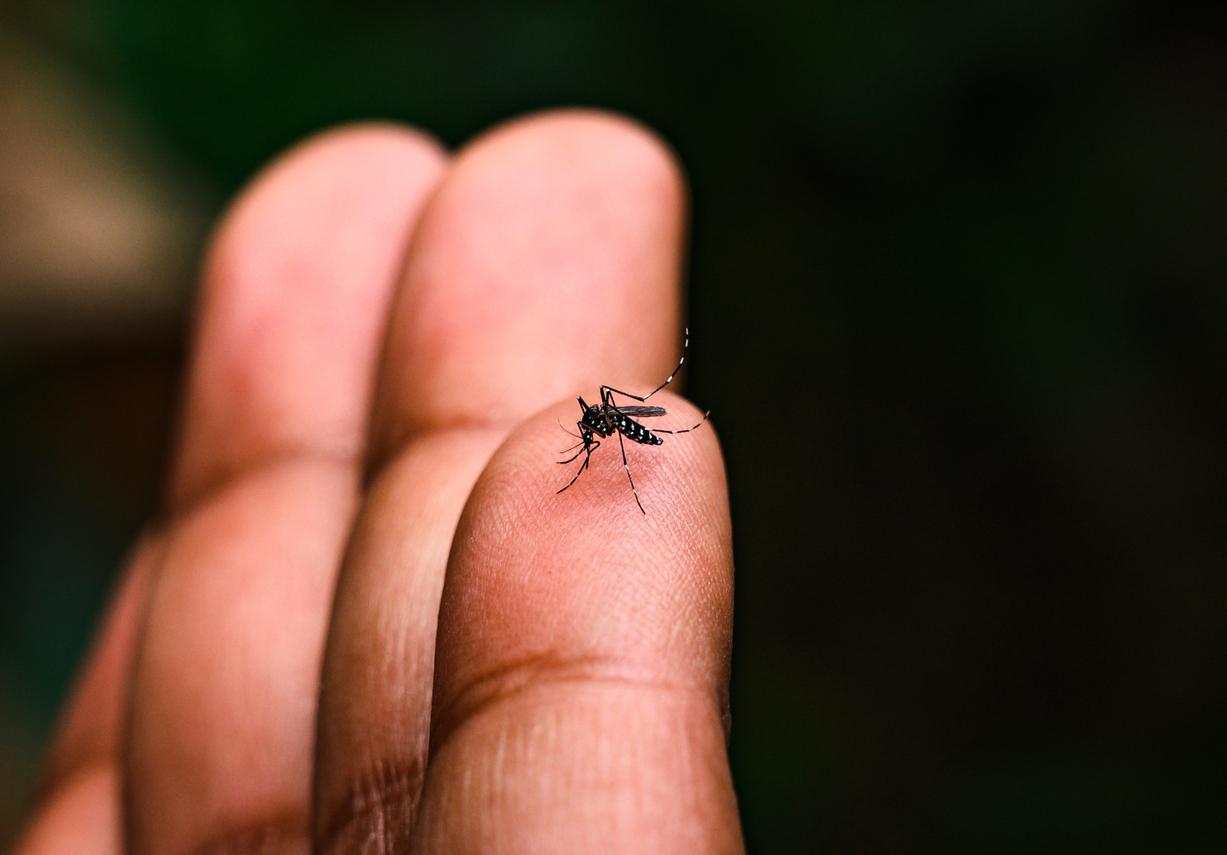While many experts are counting on the arrival of summer in the northern hemisphere to weaken SARS-CoV-2, this is unlikely to be enough to stem the outbreak. Some even worry that Covid-19 will eventually become a seasonal disease.

- The coronavirus could be sensitive to the sun and the heat which would slow the epidemic during the summer
- Harvard researchers estimate that if immunity lasts less than a year the epidemic will become seasonal and will therefore resume regularly
Many experts are waiting for the arrival of summer to weaken SARS-CoV-2. Indeed, several studies have shown that temperature and humidity could affect the virus responsible for Covid-19. However, it is not certain that this is enough to really reverse the epidemic curve. What is more, in the long term, the disease could well return every year on a seasonal basis, the scientists worry.
According to a Chinese study, published on April 3 on the website Arxiv.org, the virus would be sensitive enough to humidity and heat for its contagion to be slowed down when summer arrives in the northern hemisphere. “A 1°C increase in temperature and 1% increase in relative humidity lowers the R by 0.0225 and 0.0158, respectively”, explain the researchers. The effect of transmissibility is measured by the rate R0. The latter represents the number of people infected by a case. Below 1, the number of sick falls below that of infected people and the epidemic disappears naturally. However here, while the R0 rate of Covid-19 was evaluated at 3.3 before confinement this winter, it could not drop below 2 this summer and would therefore remain far too high: each patient would contaminate two who would contaminate four and then eight…
In the United States, other work, the preliminary results of which (i.e. not yet validated by experts) were published on April 22 in the journal Medical Xpres, show that the virus would be sensitive to ultraviolet rays. “One of the biggest uncertainties for projecting future Covid-19 risk is how temperatures affect its future transmission dynamics. SARS-Cov-2 may be particularly sensitive to weather conditions because it survives longer outside the human body than other viruses. Rising summer temperatures and humidity in the Northern Hemisphere could reduce SARS-CoV-2 transmission rates, allowing time for health system recovery, drug development and vaccines, and a return to economic activity”note the researchers.
According to them, variations in R0 are 20% sensitive to variations in exposure to sunlight. Thus, the diseasewill temporarily decrease during the summer, rebound in the fall and peak next winter”they predict.
The importance of immunity
However, let’s admit that summer really helps to slow the spread of the virus, we are not yet sufficiently immune for this to reverse the epidemic curve, assures an American study published in the journal Science. In France, according to the Institut Pasteur, in mid-April only 6% of the population had been infected with the Covid-19 virus. This means that 94% of the population is still vulnerable to it. However, while waiting for the arrival of a vaccine, immunity counts more than anything. To a lesser extent, the degree of cross-immunity (common) with cold coronaviruses could also play a role, say the researchers of the study published in Science.
For the time being, the degree of effectiveness and duration of antibodies in people infected with SARS-CoV-2 is still unknown. Always according toPastor Institute, which is developing a state-of-the-art serological test to better manage post-lockdown in France, anti-Covid-19 antibodies were detected in 32% of individuals who presented mild symptoms in the 15 days before the samples. In patients hospitalized for the coronavirus, the antibodies appear from 5-6 days after the first symptoms and would have a neutralizing activity from 7-14 days, specifies the Institute.
“Recurrent winter epidemics…”
According to the modeling put in place by the Harvard researchers, “if immunity to SARS-CoV-2 is permanent, the virus could disappear for five years or more after causing a major outbreak”. On the other hand, if it turns out to last less than a year like that of the common cold, the disease could return each winter from 2025, the expected end of the endemic period. “If immunity to SARS-CoV-2 declines in the same way as that of related coronaviruses, recurrent winter epidemics are likely to occur in the years to come”explain the scientists.
Currently, the four endemic coronaviruses already known to humans are responsible for 10-15% of common winter infections. In temperate climates, they peak between December and April and are barely detectable in summer. “It is possible that this virus (SARS-CoV-2) either partly sensitive to certain climatological aspects which could play a role, had already declared Professor Jean-François Delfraissy, president of the French Covid-19 scientific council, on the LCP television channel on April 15, but “there is still a lot of unknown.”
.















